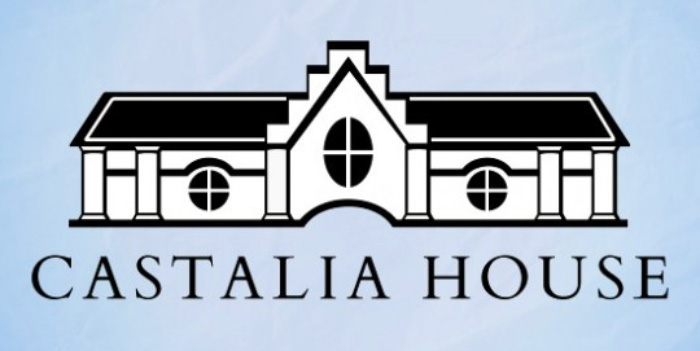Today at the Castalia House blog, Scott Cole interviews me on gardening in different climates, Push the Zone and a lot, lot more:
“SC: What would be the one unique good thing and the one greatest challenge to each of the climate zones you have gardened in so far?
DG: Great question. The good things about colder climate gardening: the bugs get wiped out by the cold and you get a reset every spring. You also get a break in the winter. The greatest challenge is timing. Plant too early and the spring frost destroys your hard work. Plant too late and the fall frost does the same. Gardening in Tennessee taught me to measure the seasons closely.
The good thing about gardening in the tropics is that you can grow year-round. You can literally feed your family on a half-acre because every time you pull something out you can plant something new. You also have a much larger range of potential crops. More than a thousand fruit tree varieties, compared to maybe 50 temperate fruit trees. Honestly – how many can you name? The downside is you never get a break in the tropics. If you don’t keep chopping and weeding, the jungle will literally eat everything you plant in a matter of months. The bugs can be an issue in some areas as well, as they never get taken down by cold.
SC: A benefit of a colder climate is that the bugs get wiped out by the cold but in Grow or Die you emphatically state that one doesn’t want to lower the insect population but increase it. This seems paradoxical but reading further you go on to state that by using pesticides one doesn’t only kill the parasites but also the predators that feed upon them. Besides freezing temperatures directly affecting plants in cold climates do you think a lesser but still significant reason the yields are greater in the tropics is due to the greater (in numbers and variety) insect population or did I drink too many beers already? It seems more insects of all types is always beneficial over a seasonal culling of the population.
DG: It is rather paradoxical, isn’t it? Basically, you’re looking for checks and balances. If you play God and wipe out all the bugs, you make more trouble for yourself long-term. You’ll be stuck using pesticides regularly. If instead you allow spaces for beneficial species to live and breed, they’ll do some of the pest culling for you. The main reason yields are higher in the tropics is due to the year-round growing season. Secondarily, the vast variety of crops you can grow – including a lot of high-calorie roots, which add up fast – makes a big difference. I just remember that Nature is a complex and complicated system and killing this or burning that or cutting down that thing over there, well, you sometimes can’t see the ripple effects until later. So I’m cautious on interventions without a lot of observation.”
Head on over to read the rest. It’s a big interview that covers plenty of ground.


4 comments
Great morning read. Thank you.
Side note: does anyone have a good place to buy non stinging velvet beans? I grew the stinging variety this year(not knowing they were the stinging variety until they produced) and yesterday my wife got stung… so never again… need the non stinging type
Can you send a picture of the type you grew – the pods, that is?
Excellent interview, and I’m really looking forward to Tactical Gardening! Death hedgerows… bitter cassava and D. bulbifera?
Throw in some manchineel, some smilax, gru-gru palms… aww yeah.
Comments are closed.